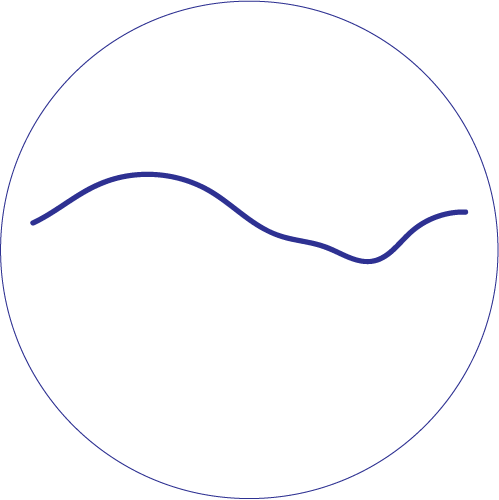Anne Truitt's garden [gyun hur + danny gurung]
Anne Truitt in her Yaddo studio
I found Anne Truitt, her works, and words three summers ago at Dia: Beacon. Or perhaps her gentle colors overlapped and kissed by the sky ceiling light spoke and I had to listen and pay attention. And ever since then, I often go back to her writing to trace her life once lived with her home, garden, and the studio. She tenderly speaks of her children, grandchildren, daffodils, flower beds, and sky of Washington D.C. against her greening garden and remembers them as she labors over her tall standing sculptures, painting in layers as a testament of time passing, reposed, and altered.
A former student of mine, Danny Gurung, has written beautifully of Truitt’s works in response to our selected quotes from Anne Truitt’s last journal book Prospect for our third post of September Issue 36 here.
Hope our words find you well so generously and graciously.
- Gyun and Danny
I.
“And so I reached the ritual place, a ledge just wide enough to sit on securely, when I braced my feet against a narrow parallel rim below which the rock dropped ten or so feet straight down to the great lake. My back was flat-tight against the sheer rock face that rose behind my head way up high against the sky, at a tilt toward the waters as if leaning over then in protection. I sat, listened to the sweep of wind and lap of water, and I thought, “I’ll just stay here for the rest of life.” (page 71, Prospect)
Anne Truitt built herself a world. After leaving a career in clinical psychology and beginning anew in the field of art, Truitt was awarded a 1970 Guggenheim Foundation Grant which allowed her to build a studio in the backyard of her Washington, D.C home. Here in the grass where her children had once scrambled in games of tag, she planted a garden - a ritual place. The garden became a liminal space between her two spheres. Petals and stems delineated her life, the studio where she faced down her creative muse and the home where she had a household to run. In her garden, she could contemplate. In her garden, she could breathe. In her garden, she could grow.
“I stop writing as I remember. I walk around my garden and sit there in a dawn not as comforting as it usually is. I prowl about my studio, stand beside my latest sculpture, more comforting than the garden this time, so tall and straight and staunch. I remember my children and grandchildren, our lovingness.” (page 200, Prospect)
II.
“After a chatty lunch together-always such a delight to be alone with one of one’s children, Mary and I bought garden tools and a lot of flower and vegetable plants. We spent all Sunday making a garden in the sunshine while John went about his household business and took the dogs for runs at the river, Charlie cut the grass, Rosie wheeled about, Julia stood holding on to us or to anything at hand, crawled or tottered a few steps, or just sat solid as a small boulder watching everything going on around her.” - Prospect (pg. 202)
In the backyard of her daughter Mary’s home, she created another ritual place, a garden to be enjoyed by the children grandchildren she knew would outlive her. Truitt inherently understood that growth was a communal process. Art is the expression of a life, one meant to be cherished and held by many hands. Reading her words and considering her pieces, one feels the grass on their thighs, one is invited to come sit in her garden. After all, a flower’s only goal is to reach out to the sun and be pollinated and to sprout again.
“This feels like a comedown. I understand why older people can look colorless to younger people, as my mother once looked to me: we may seem to have given up a vital struggle. But that very “giving up” may open a way through and beyond the change of death when we each, like earthworms who spend their life unearthing earth into minuscule new configurations, leave the constellation of the world minutely but distinctively altered.” (page 180, Prospect)
Anne Truitt: Sculpture 1962-2004, Matthew Marks Gallery, New York, 2010
Anne Truitt: Threshold, Matthew Marks Gallery, New York, 2013








